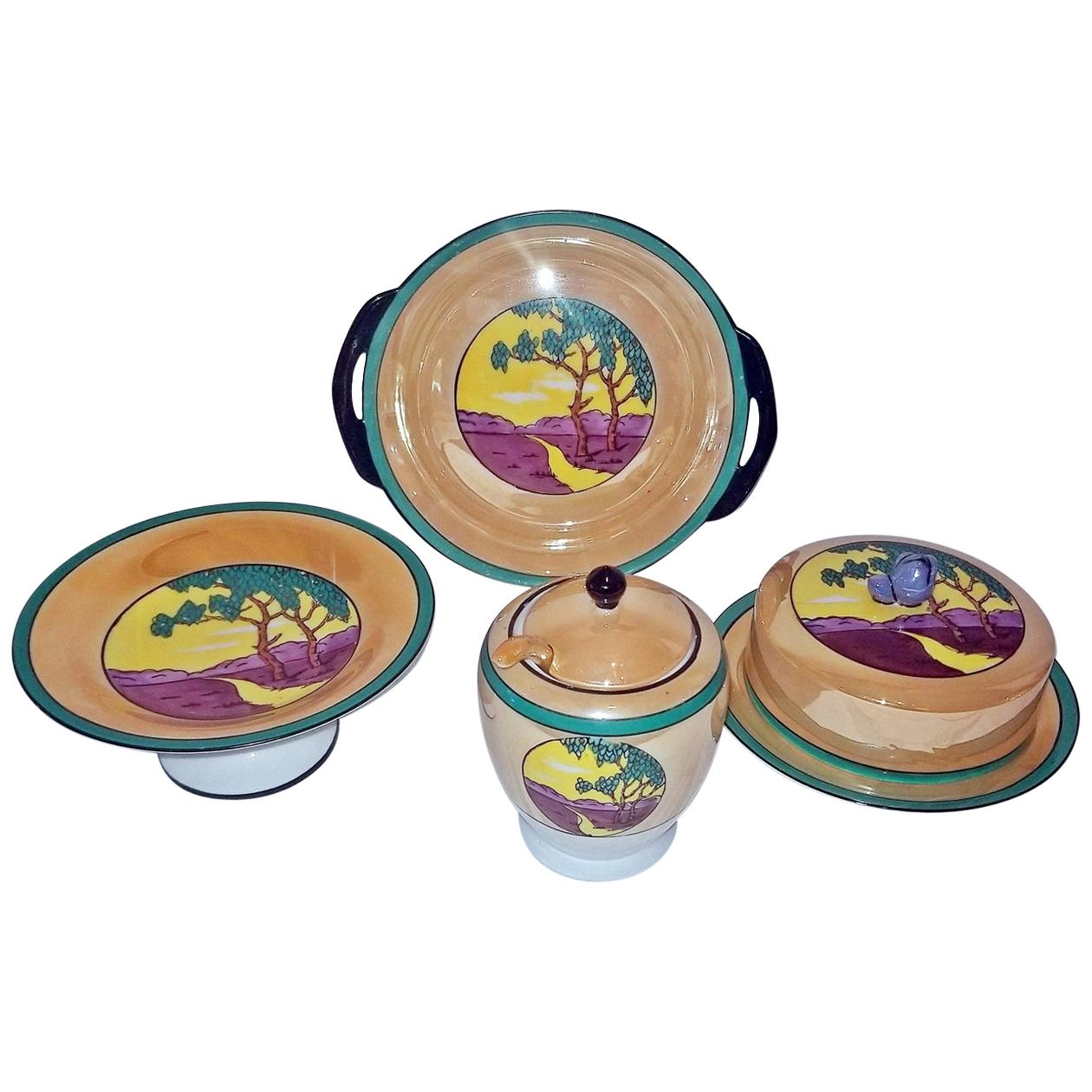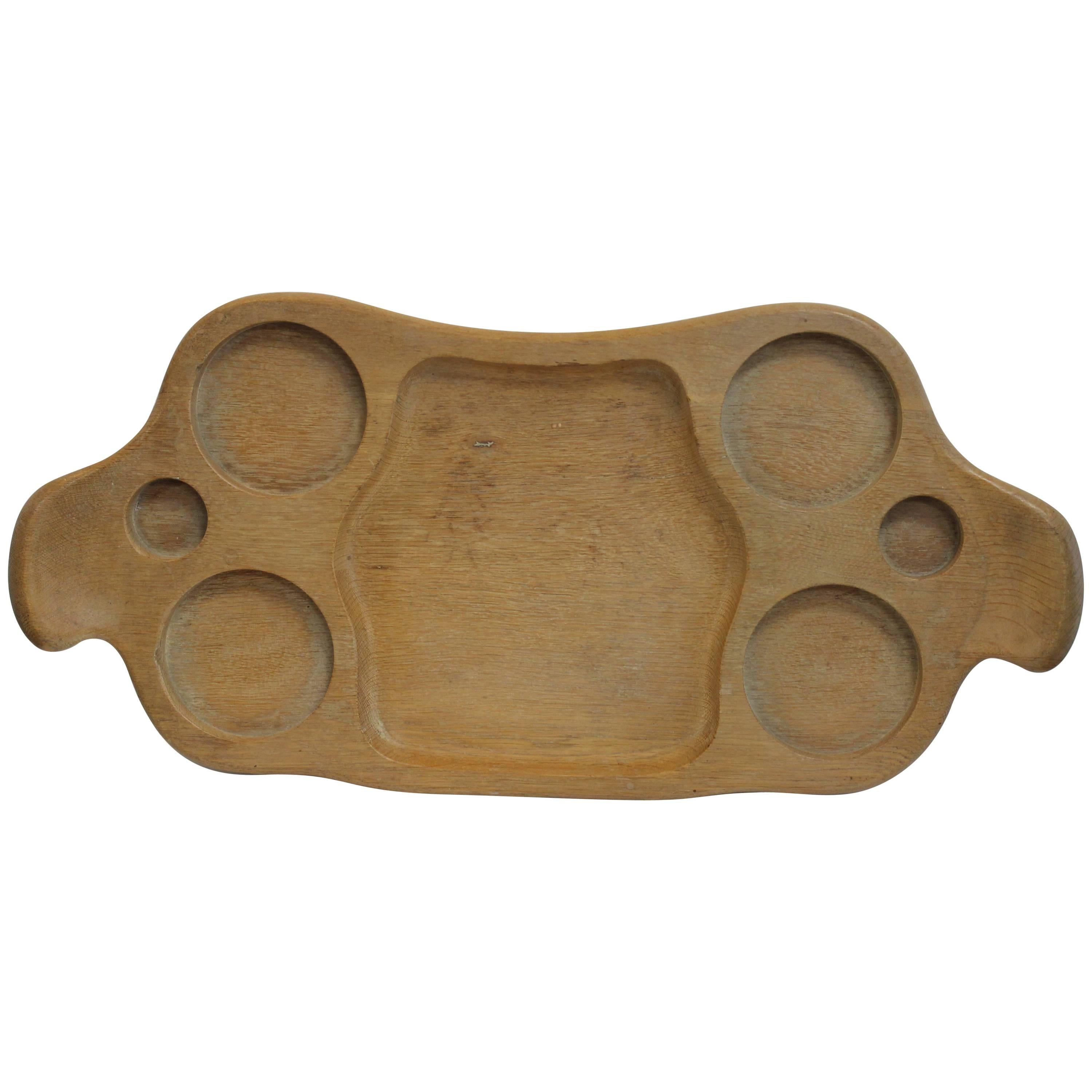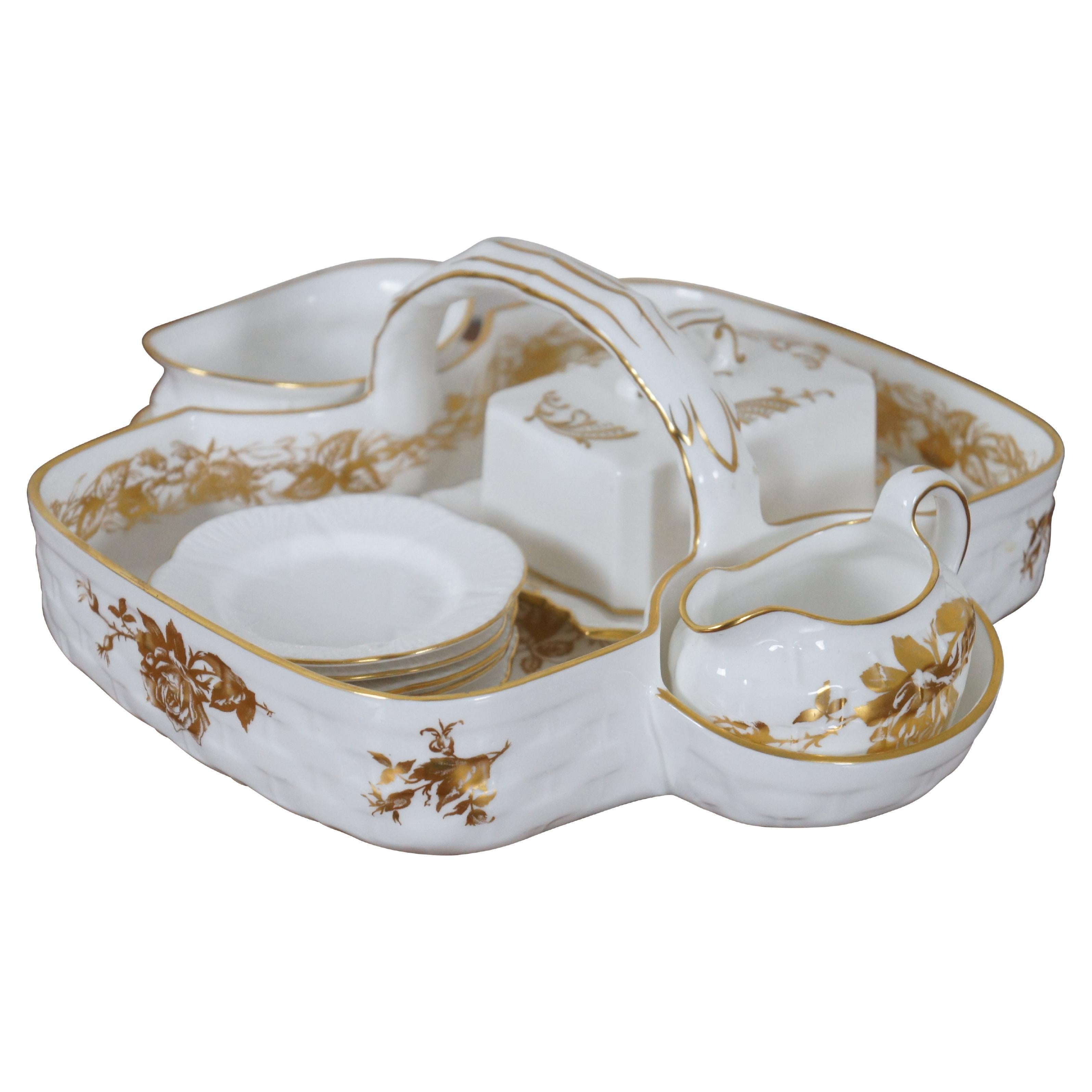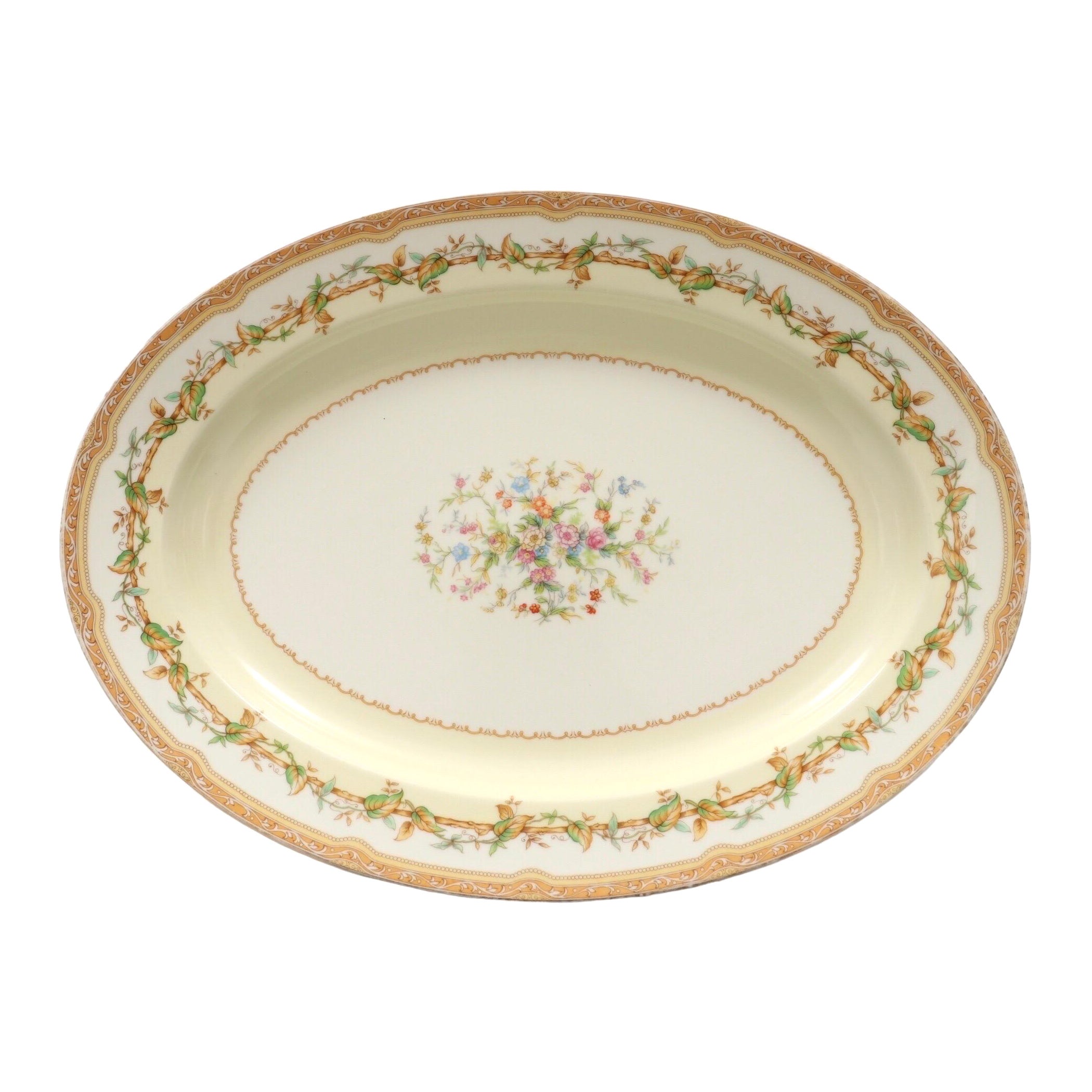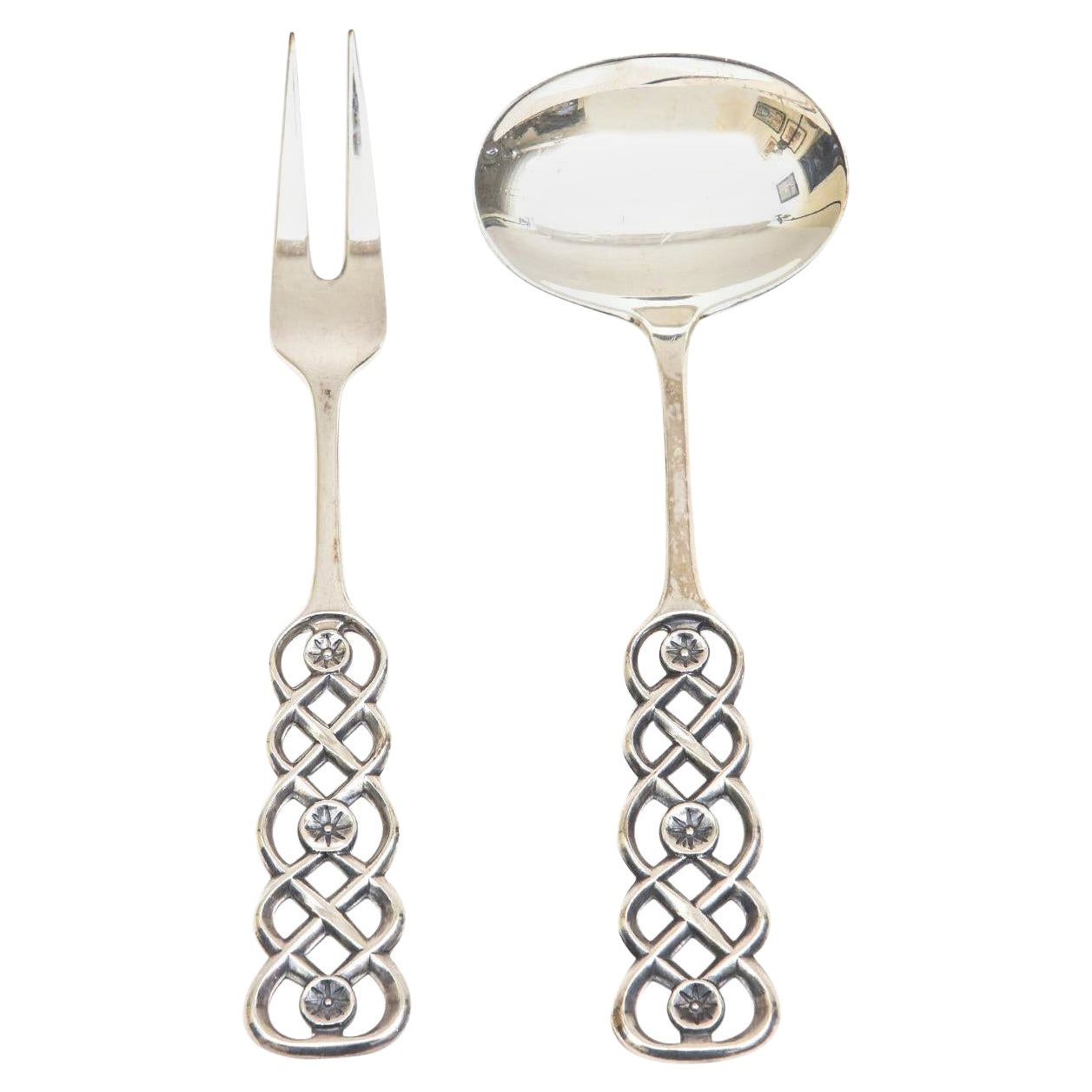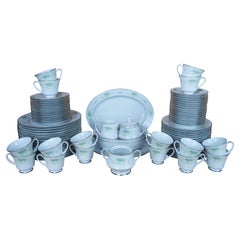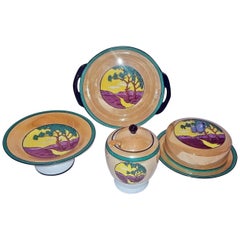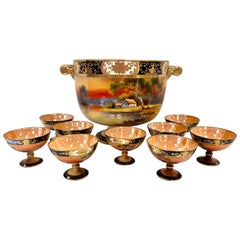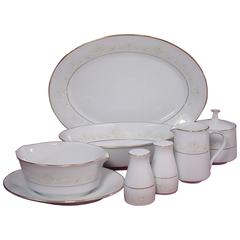
Noritake China Dearest 2034 Pattern 8-Pc Hostess Serving Set
View Similar Items
1 of 8
Noritake China Dearest 2034 Pattern 8-Pc Hostess Serving Set
About the Item
You May Also Like
- 86 Pc Vintage Japanese Noritake Sri Lanka Culeton Floral China Dinner Set 2692By NoritakeLocated in Dayton, OHSet of thirty two vintage Noritake Sri Lanka Culeton 2692 dinner and salad plates featuring silver rim with a floral motif of blue, green and yellow. ...Category
Late 20th Century Japonisme Tableware
MaterialsPorcelain
- Vintage Noritake Art Deco 4 Piece SetBy NoritakeLocated in Dallas, TXPresenting a lovely early 20th century, Art Deco period Noritake lustreware 4 piece high tea set in Classic deco style. From circa 1930 these pieces are ...Category
Early 20th Century Japanese Art Deco Serving Pieces
MaterialsPorcelain
$320 / set - Large Noritake Handpainted Lusterware Punch Bowl Set with Nine Matching CupsBy NoritakeLocated in West Hartford, CTColorful and large footed pedestal centerpiece punch bowl with 9 matching cups. Stunning hand painted scenery of sunset on a lake cottage scene complete ...Category
Vintage 1930s Japanese Chinoiserie Serving Pieces
MaterialsCeramic, Porcelain
- Mary Wright Frosted Oak Serving/Hostess TrayBy Mary WrightLocated in Palm Springs, CAMary Wright frosted oak serving or hostess tray. Contains the frosted oak label. Part of a wood line designed by husband and wife industrial designers Russel Wright / Mary Wright. Th...Category
Vintage 1940s American Serving Pieces
MaterialsWood
- Herend Porcelain Rothschild Pattern Serving SetBy HerendLocated in Delft, NLA Herend porcelain Rothschild pattern serving set A Herend porcelain Rothschild pattern serving set, consisting of 8 plates of 15 cm diagonal (5....Category
20th Century Hungarian Serving Pieces
MaterialsPorcelain
$1,081 / set - 10 Pc English Hammersley & Co Rose Point Strawberry Basket Tea Serving SetBy Hammersley, Shelley PotteryLocated in Dayton, OH#38183 Vintage 10 piece serving set by Hammersley & Company. White bone china with gilded details. Set includes handled serving tray with creamer and sugar bowl in the Rose Point pattern, butter dish and lid, and five flower shaped nut dishes / coasters by Shelley England. "Hammersley & Company - The company was founded in Longton, England, in 1862. It was established as Adams, Scrivener & Co. The third owner was Titus Hammersley. After Mr. Scrivener's retirement, the company was continued by Adams and Hammersley as Harvey Adams & Co. Titus Hammersley died in 1875, and was succeeded by his eldest son, George Harris Hammersley. Finally, in 1885, Harvey Adams retired, leaving George Hammersley in charge of Hammersley & Co. His partner in the firm was Sarah Hammersley. Three years later, the management was taken over by Gilbert Hemmersley (George's brother). Later, Gilbert's sons Eric and Leslie joined the company. In 1932, the company was renamed Hammersley and Co (Longton) Ltd. They moved from the Sunderland Road Works in Longton to the Alsager Pottery. Alsager China was used as a trademark. In 1970, the company was purchased by Carborundum Limited, which merged with Royal Worcester six years later to form Royal Worcester Spode Ltd. In 1982, the Hammersley name was purchased by Palissy Pottery Ltd. However, Hammersley's Works were closed. In 1989, the Hammersley name was bought by Aynsley China, which operated until 2014, when the factory closed." "Shelley Potteries, situated in Staffordshire, was earlier known as Wileman & Co. which had also traded as The Foley Potteries. The first Shelley to join the company was Joseph Ball Shelley in 1862 and in 1896 his son Percy Shelley became the sole proprietor, after which it remained a Shelley family business until 1966 when it was taken over by Allied English Potteries. Its china and earthenware products were many and varied although the major output was table ware. In the late Victorian period the Art Nouveau style pottery and Intarsio ranges designed by art director Frederick Alfred Rhead were extremely popular but Shelley is probably best known for its fine bone china “Art Deco” ware of the inter-war years and post-war fashionable tea ware. Wileman refers to a backstamped version of which predates Shelley-branded porcelain. The factory that manufactured this brand of porcelain was located in Longton, Staffordshire, England. The origins of Shelley pottery were in the district known as Foley, at the factory of Messrs. Elkin, Knight & Bridgwood which by 1829 had a powerful steam engine and flint Mill. Knight became sole proprietor of the business in 1853 but shortly afterwards took Henry Wileman as a partner, trading as Knight & Wileman. Three years later Knight retired and Henry Wileman continued the business in his own name. In 1862 Henry Wileman employed Joseph Shelley as a travelling salesman. In 1864 Henry Wileman died and his two sons James F and Charles J took over the business. Two years later the business was split, James managed the earthenware factory whilst Charles managed the china factory. Charles Wileman retired in 1870 and James became sole proprietor of this factory. Joseph Shelley was taken into partnership with James Wileman in 1872, but only for the china factory. The company became known as Wileman & Co and used the backstamp "Foley". In 1881 Joseph's son Percy Shelley joined the company. Joseph Shelley died in June 1896, leaving Percy in sole control of the company. Notable early designers and arts directors of the company included Rowland Morris (1896), Frederick Alfred Rhead (1896), Walter Slater (ca. 1905). Shortly before the 1st World War two of Percy’s sons, Percy Norman and Vincent Bob, joined the family company. Kenneth Jack, the other son, joined as well after the war. In 1919 Eric Slater, Walter’s son joined the company. The company was still called Wileman & Co, even though it had been controlled by the Shelley family for over fifty years and on 1 January 1925 the Shelley name and trademark was registered. In the mid twenties Shelley broke with tradition and employed a well known illustrator of the time, Hilda Cowham, to produce a range of nursery ware. Cowham designed a series called Playtime; the design was a simple representation of children's activities. In 1926 Shelley introduced a second well known illustrator – Mabel Lucie Attwell. Her first six designs portrayed scenes involving children, animals and small green elves in green suits – these were called 'Boo Boos'. Another design that proved very popular during this period was the Harmony and Harmony drip ware...Category
Late 20th Century Serving Pieces
MaterialsPorcelain
Recently Viewed
View AllMore Ways To Browse
Vintage Hostess Set
Sugar Sugar Shaker
Sugar Shaker
Silver Sugar Shaker
Silver Sugar Shakers
Japanese Bowl With Lid
Noritake Used
Salt And Pepper Bowl
Chinese Salt Pepper
Noritake Japan
China Pc Sets
Japan Creamers And Sugar
Sugar Shaker Vintage
Noritake Vintage Noritake
Vintage Glass Sugar Shaker
Japanese Salt And Pepper
Salt Pepper Japanese
Salt And Pepper Japan

